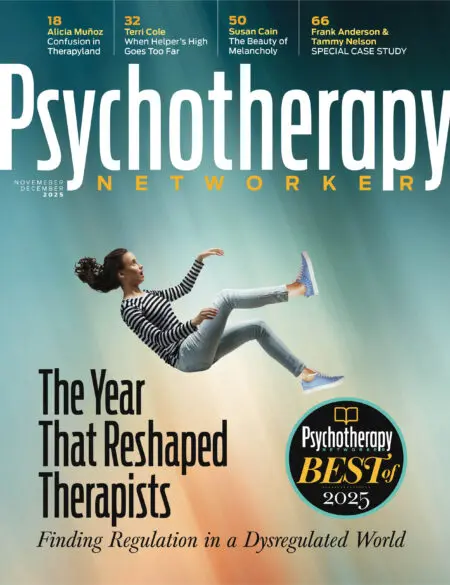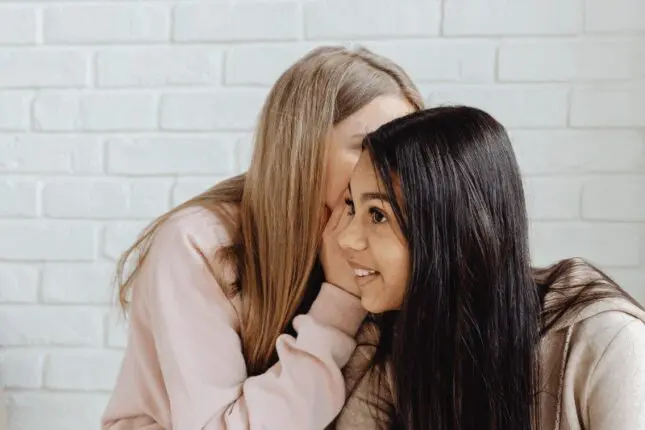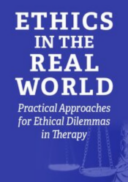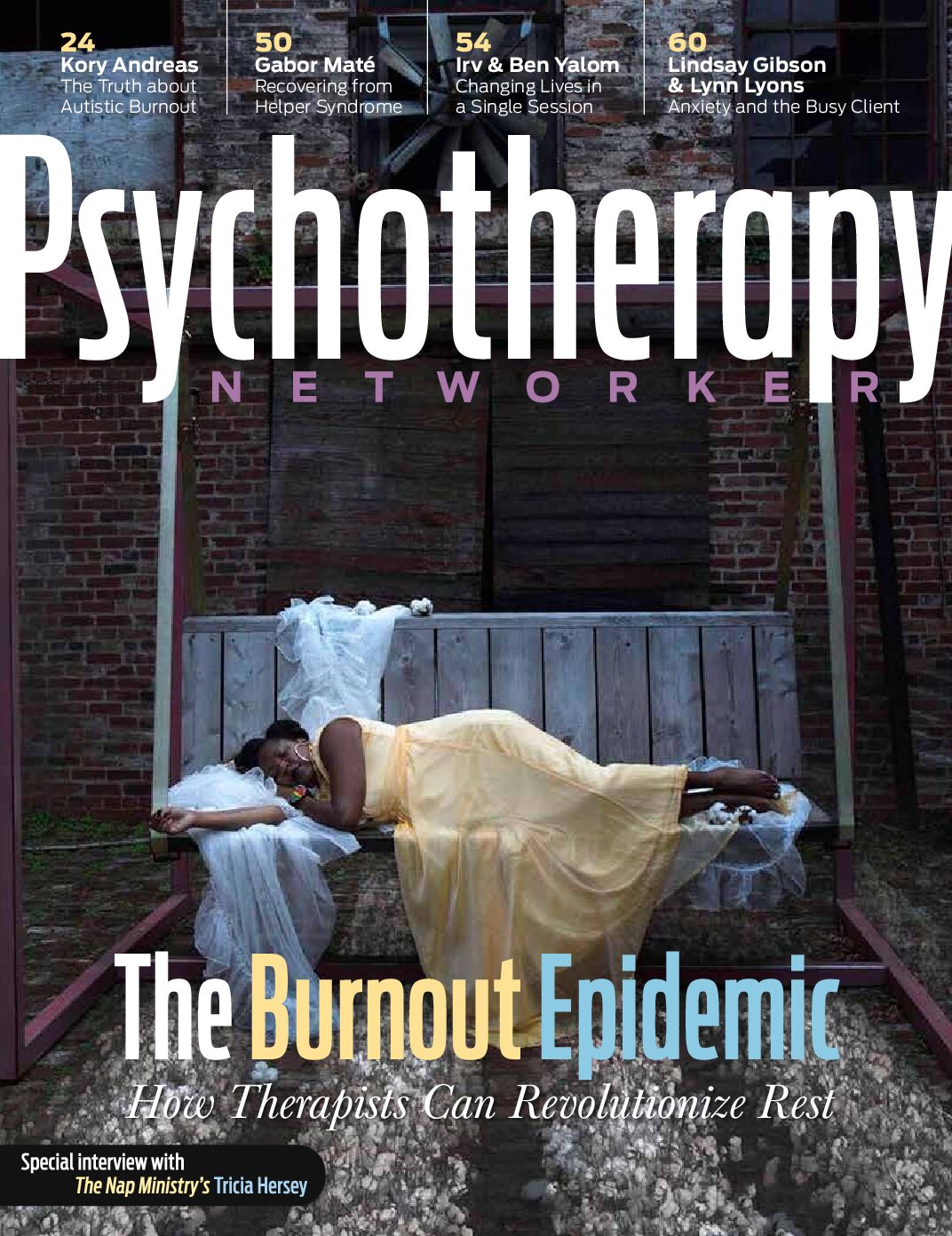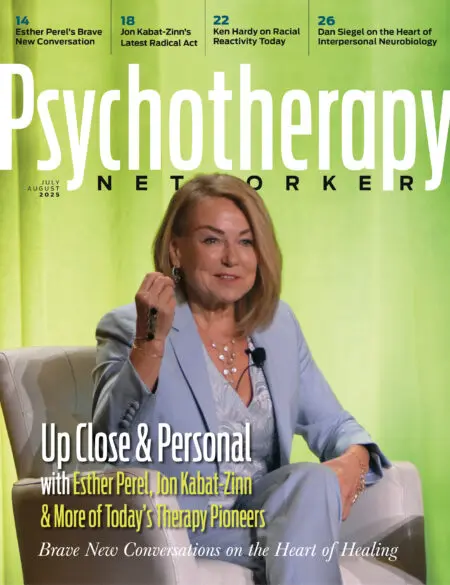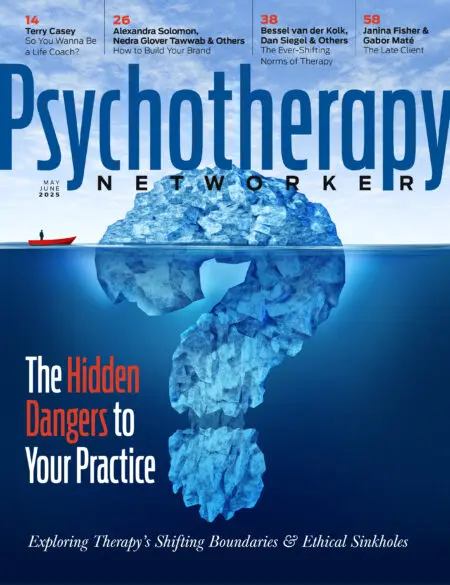One Thursday afternoon, halfway through her third telehealth session, Lisa, a steady, seasoned adolescent therapist who’s usually hard to rattle, made what she later called her “cringiest misstep in years.”
Her 12-year-old client, Maya, just opened up about a tough hallway moment with a friend who accused her of “acting weird.” Spontaneously, Lisa smiled and said:
“So… did she think you had rizz or something?”
Maya froze. Blinked. Tilted her head. The ease they had a moment ago evaporated.
Lisa felt it instantly, the miss, the disconnect. She knew the ground had just slipped a little.
Maya gave a tiny, gracious smile and steered the conversation back to homework. The earlier sense of closeness fell away. Later that night, after a quick Google search, Lisa discovered that rizz refers to confidence or charm, usually in a flirty or social way. In other words, not at all what she meant, and her attempt to “speak teen” had landed awkwardly.
“I don’t know what happened,” she told me in supervision the following week. “I could just feel her shut down. She was so polite about it.”
Why Slang Matters
If you work with teens and tweens today, you’ve probably heard phrases that make you wonder if you’re suddenly decades older than your driver’s license suggests. “Rizz,” “delulu,” “it’s giving,” “skibidi,” “no cap,” “high key”, “dry text.”
Slang moves fast. And while it might be tempting to dismiss it as superficial, meaningless, or mildly irritating, slang is one of the most important relational currencies Gen Alpha possesses. And it isn’t just Gen Alpha. Remember “what’s your 20?”, “peace out”, “fly”, “bogus”, “dope”, “props”?
Paying attention to the language young people use is an important relational skill. Words are not just words; they signal belonging, identity, and safety. Slang is one of the primary tools young people use to navigate power, affiliation, and emotional distance. When adults ignore, mock, or overuse it, the relationship is impacted, whether the teen says anything about it or not.
Generational slang communicates in layers. It signals group membership: knowing the “right” words indicates you’re in the community. It protects privacy, especially in front of adults. It creates emotional safety: using indirect or playful language is often easier than revealing vulnerability. And it’s constantly updating identity; language changes quickly to avoid adult co-optation.
For Gen Alpha, the internet isn’t separate from life; it is life. Their language is born from TikTok edits, Discord servers, gaming chats, memes, and shared digital inside jokes. That means their slang is less about describing something and more about communicating mood, alignment, and vibe. Think of slang as a shorthand for emotional intent.
The Adult Mistake: Overusing or Mocking
The fastest way to lose credibility with adolescents is to try too hard. When adults start throwing slang around to “relate,” kids read it as either performative (“You’re trying to be cool”) or a form of colonizing (“This was ours. Now it’s ruined.”) This creates distance. On the other hand, mocking their language sends the following messages: Your culture is trivial. Your identity expression isn’t valid. I don’t get you.
Gen-Alpha tends to withdraw, not argue. You’ll know you’ve crossed the line because the teen will become disengaged or overly polite. Politeness can signal disconnection.
So what actually works?
You don’t need to adopt slang. You don’t need to be fluent. You simply need to be curious without being theatrical. Instead of using humor to deflect or trying to demonstrate you’re in the know, you could say something like: “I haven’t heard that one. What does it mean here?” Or “How do your friends use that?” Or even, “Is that a positive or negative thing?”
Any of these questions keep the channels of communication open and suggest, I’m paying attention. I’m not threatened. Your world matters enough for me to learn about it.
Sometimes, your adolescent client will explain the slang term. Other times, they’ll shrug and allow the term to remain mysterious. That’s fine. The goal isn’t full comprehension, it’s a signal of respect.
The Bigger Picture in Gen-Alpha Slang
Language is one of the first places cultural shift shows up. Gen Alpha is growing up in a world that changes quickly, socially and technologically. Their slang reflects adaptation, flexibility, humor as coping, and community-building as survival. In other words: the language is important and comes from somewhere meaningful.
Here are a few definitions therapists often encounter:
Rizz: Charisma or confidence.
Delulu: Short for “delusional”; someone being overly optimistic or believing something unrealistic or humorous, not clinical.
“It’s giving…”: A way of describing the vibe or impression of something.
Example: “It’s giving stressed student energy.”
Skibidi: A goofy meme reference used playfully or absurdly, more about humor than meaning.
No cap: “No lie.” “I’m being honest.”
High-key: Openly; strongly; not subtle.
Dry text: One- or two-word text replies that come across as disinterested or unengaged.
These words aren’t random. They are cultural artifacts, emerging from humor, community protection, and the constant evolution of digital life.
Repairing the Rupture
When Maya logged in the following week, Lisa didn’t pretend nothing had happened. She greeted her as usual, gave the conversation a moment to settle, and then gently named the misstep.
“Hey, before we get going, I want to circle back to something from last session. I used a slang word, and I realized afterward that I totally got it wrong. I’m sorry about that. I think it might have felt awkward in the moment, and I just want you to know I’m not here to ‘talk teen.’ I’m here to talk you. Thanks for hanging in with me.”
Maya blinked in surprise, then let out a small laugh. “Yeah… it was kinda weird,” she admitted, “but it’s fine.”
Lisa nodded, keeping it simple. “I appreciate you saying that. And I want you to feel like this is a place where you don’t have to manage my feelings. If something feels weird, please tell me.”
That opened the door. Maya relaxed back into her chair, and the conversation naturally drifted toward the hallway conflict again, this time with a little more openness. Lisa listened closely, reflecting Maya’s emotions instead of trying to lighten the moment. Maya shared more context, and they pieced together the interaction in a way that felt collaborative.
By the end of the session, the connection felt steadier, not because Lisa “fixed” anything perfectly, but because she modeled something Maya rarely saw from adults: accountability, transparency, and the message that relationships can withstand small ruptures when both people stay in them with care.
When it comes to working with adolescent and teen clients, be aware. Be observant. Be interested. But don’t perform.
Let them teach you, not the other way around.
When young people feel like you’re willing to learn their world, not take it over, they’re far more likely to trust you with the parts of themselves that don’t fit easily into slang.
That’s where the real work happens.
Britt Rathbone
Britt Rathbone, LCSW-C, ACSW, BCD, CGP, provides mental health services to adolescents and their families in the Washington, DC metropolitan area. His website is whatworkswithteens.com. He has 30 years of experience working directly with adolescents and families, is a “top therapist” for adolescents, teaches graduate students, trains therapists and leads a highly regarded and successful clinical practice. He lectures often on the value of DBT with young people. He is the co-author of Dialectical Behavior Therapy for At-Risk Adolescents, What Works with Teens: A Professional’s Guide to Engaging Authentically with Adolescents to Achieve Lasting Change, and Parenting a Teen Who Has Intense Emotions.
